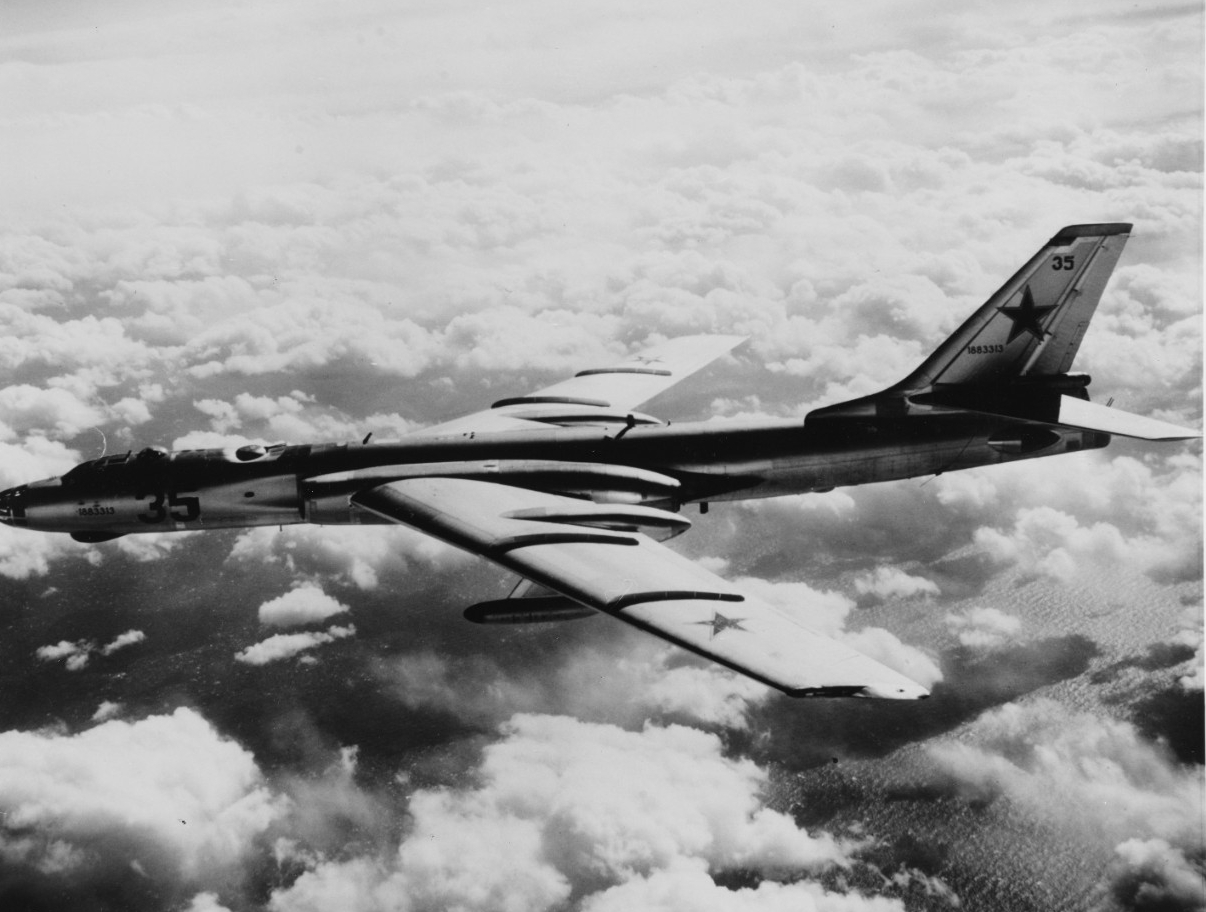Share
Connect
- John Paul Jones's Locker
- Needs and Opportunities in the Modern History of the U.S. Navy
- Operation Torch
- Assault from the Sea
- Galvanic: Beyond the Reef
- Guide to United States Naval Administrative Histories of World War II
- Ensuring the Lifeline to Victory
- History of the Office of the Chief of Naval Operations, 1915-2015
- History of U.S. Naval Operations: Korea
- Aircraft Carrier Requirements and Strategy, 1977-2001
- Dictionary of American Naval Aviation Squadrons: Volume 1
- Dictionary of American Naval Aviation Squadrons: Volume 2
- A History of U.S. Naval Aviation
- Naval Aviation in World War I
- U.S. Naval Aviation in the Pacific
- A Time of Change: National Strategy in the Early Postwar Era
- Caribbean Tempest: The Dominican Republic Intervention of 1965
- A New Equation: Chinese Intervention into the Korean War
- Gearing Up for Victory: American Military and Industrial Mobilization in World War II
- Stalin's Cold War Military Machine: A New Evaluation
- A New Look at the Cuban Missile Crisis
- Inter-Allied Naval Relations and the Birth of NATO
- Command and Control of Air Operations in the Vietnam War
- United States Submarine Losses, World War II
- From the Sea to the Stars: A Chronicle of the U.S. Navy's Space and Space-Related Activities, 1944–2009
- "More Bang for the Buck": U.S. Nuclear Strategy and Missile Development 1945–1965
- Register of Officer Personnel: U.S. Navy, U.S. Marine Corps, and Ships' Data, 1801-1807
- Tingey House: Silent Witness to Our Navy's History
- Richmond Kelly Turner: Planning the Pacific War
- Our Greatest Strength
- "Calmness, Courage, and Efficiency"
- The Boxer Rebellion: Bluejackets and Marines in China, 1900-1901
- Contested Logistics: Sustaining the Pacific War
- A Global Force for Good
- The Naval War of 1812
- Naval Leadership in Korea
- The U.S. Navy and the Vietnam War Series
- The U.S. Navy and the Korean War Series
- The United States Wars with the Barbary Powers
- Naval Documents Related to the Quasi-War
- Conflict and Cooperation: The U.S. and Soviet Navies in the Cold War
- “On the Verge of Breaking Down Completely”: Surviving the Kamikaze off Okinawa, 1945
- Expand navigation for Tet: The Turning Point in Vietnam Tet: The Turning Point in Vietnam
- Officers of Peculiar Skill
- Expand navigation for The Navy's First Enlisted Women The Navy's First Enlisted Women
Tags
Related Content
Topic
- Operations
- Planning and Strategy
- People-Places-Things--Russian
Document Type
- Historical Summary
Wars & Conflicts
- Cold War
Navy Communities
File Formats
- Image (gif, jpg, tiff)
Location of Archival Materials
- NHHC
Author Name
Place of Event
Recipient Name
Stalin's Cold War Military Machine: A New Evaluation
Colloquium on Contemporary History No. 6, 18 December 1991
Tupolev Tu-16 Badger bomber photographed by a USS Kitty Hawk (CV-63) aircraft as it overflew the carrier task force northwest of Japan, January 1963. The Tu-16 was a continuation of programs initiated prior to Stalin's death. Its capabilities were roughly equivalent to those of the U.S. Air Force's B-47 (USN 711247).
Available free in the following format: HTML
Transcripts from this colloquium include the following:
- Opening Remarks
- Uncle Joe's Last Army: Stalin's Post-War Army and Its Lessons for Gorbachev's Post–Cold War Army and Russia's Post-Soviet Army
- Some Reflections on the Soviet Quest for a Strategic Bomber, 1945–1955
- Speakers’ Biographies
Footnotes
Published: Wed Dec 23 13:03:48 EST 2020
- Accessibility/Section 508 |
- Employee Login |
- FOIA |
- NHHC IG |
- Privacy |
- Webmaster |
- Navy.mil |
- Navy Recruiting |
- Careers |
- USA.gov |
- USA Jobs
- No Fear Act |
- Site Map |
- This is an official U.S. Navy web site



